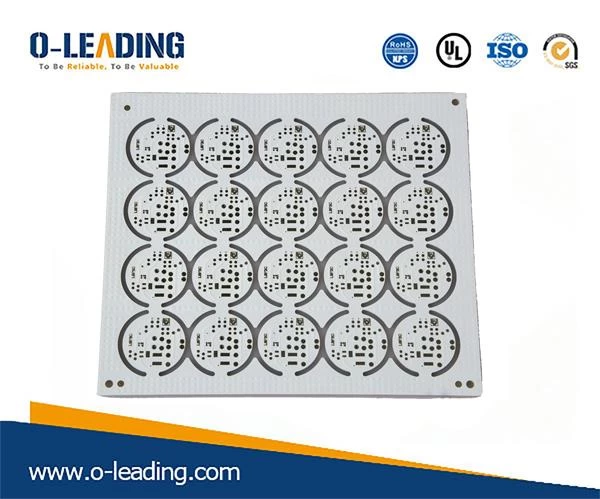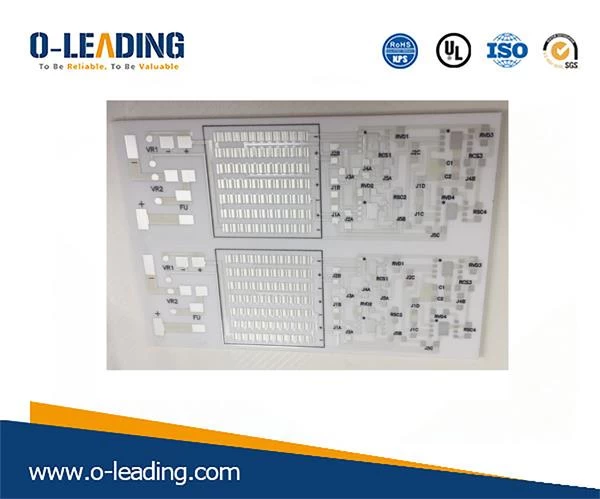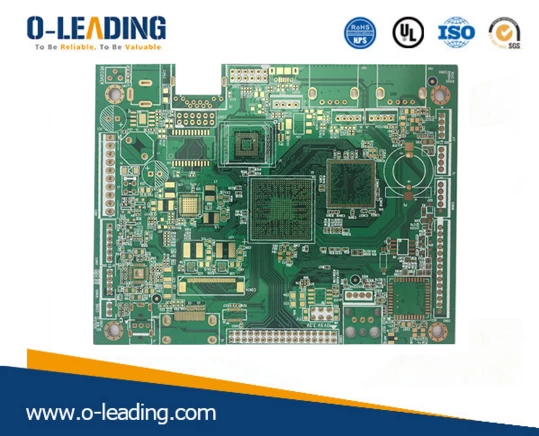Basic classification of PCB sheet
I often ask some customers or friends, what is the material of your PCB? The usual answer is FR4, well, when I didn't ask, I still don't know what the specific material is. Therefore, it is necessary to return to the popularization of related PCB board classification. In order not to enlarge the problem, we are still limited to most applications, and mainly focus on FR4 correlation.
The plate we are talking about usually refers to the base material. It is actually composed of copper foil and adhesive sheet (for convenience, we use P sheet and Prepreg for the time being), and copper foil and P sheet are based on different applications. There are many classifications. Today we only introduce some resin system classifications related to FR4.
FR4 uses epoxy or modified epoxy resin as the binder and glass fiber cloth as a kind of reinforcing material. That is to say, as long as the material using this system can be called FR4, so FR4 is the collective name of this resin system. At present, the printed board using FR4 material is currently the world's largest and most used type of printed board. Now I know why someone answered that using FR4 is still not sure which material to use!
Impedance PCB manufacturer china

Generally, FR4 is classified according to the following types.
1. Classification according to the name of fiberglass cloth weaving, such as:
106, 1067, 1080, 1078, 2116, 2113, 3313, 7628, etc.
These are the types of commonly used glass cloth, of course there are others. Each type of glass cloth is defined in the IPC specification, so the same type of glass cloth used by different manufacturers is basically the same, because there are many glass cloths. Manufacturers, but the same type of glass cloth provided by different manufacturers must meet the requirements of the IPC specification.

2.Classify by glass type
E-glass (E-glass): E stands for electrical, which means electrical insulating glass. It is a type of aluminosilicate glass with a low alkali metal oxide content (generally less than 1%), so it is also called alkali-free glass. Has high resistivity. E glass has now become the most commonly used component of glass fiber, and many materials are generally used E-glass unless otherwise specified.
NE glass (NE-glass): also known as low-Dk glass, is a low dielectric fiber glass developed by Japan Nitto Textile Co., Ltd., its dielectric constant ε (1MHz) is 4.6 (E glass is 6.6), loss factor Tan delta (1MHz) is 0.0007 (E glass is 0.0012). Common materials using NE-glass such as M7NE, IT968SE, IT988GSE, etc.
3.Classify according to loss level
It can be divided into ordinary loss plate (Df≥0.02), medium loss plate (0.01

4.Classified according to flame retardant properties
Flame retardant (UL94-VO, UL94-V1) and non flame retardant (UL94-HB grade)
Of course, there are other classifications, which will not be expanded one by one. After reading the above introduction, returning to the question in the front of our article, what plate do you usually use? Of course, what I want to hear is the material name corresponding to the resin system and performance used by a supplier. Finally, according to different losses and material names of different manufacturers, we have made the following material pyramid, which is mainly based on commonly used high-speed plates with less loss than ordinary FR4, and ordinary FR4, such as IT180A, S1000-2 / M, Tu752 / 768, etc., these Df basically have little difference, and they are also the most commonly used Hi-Tg plates.
































